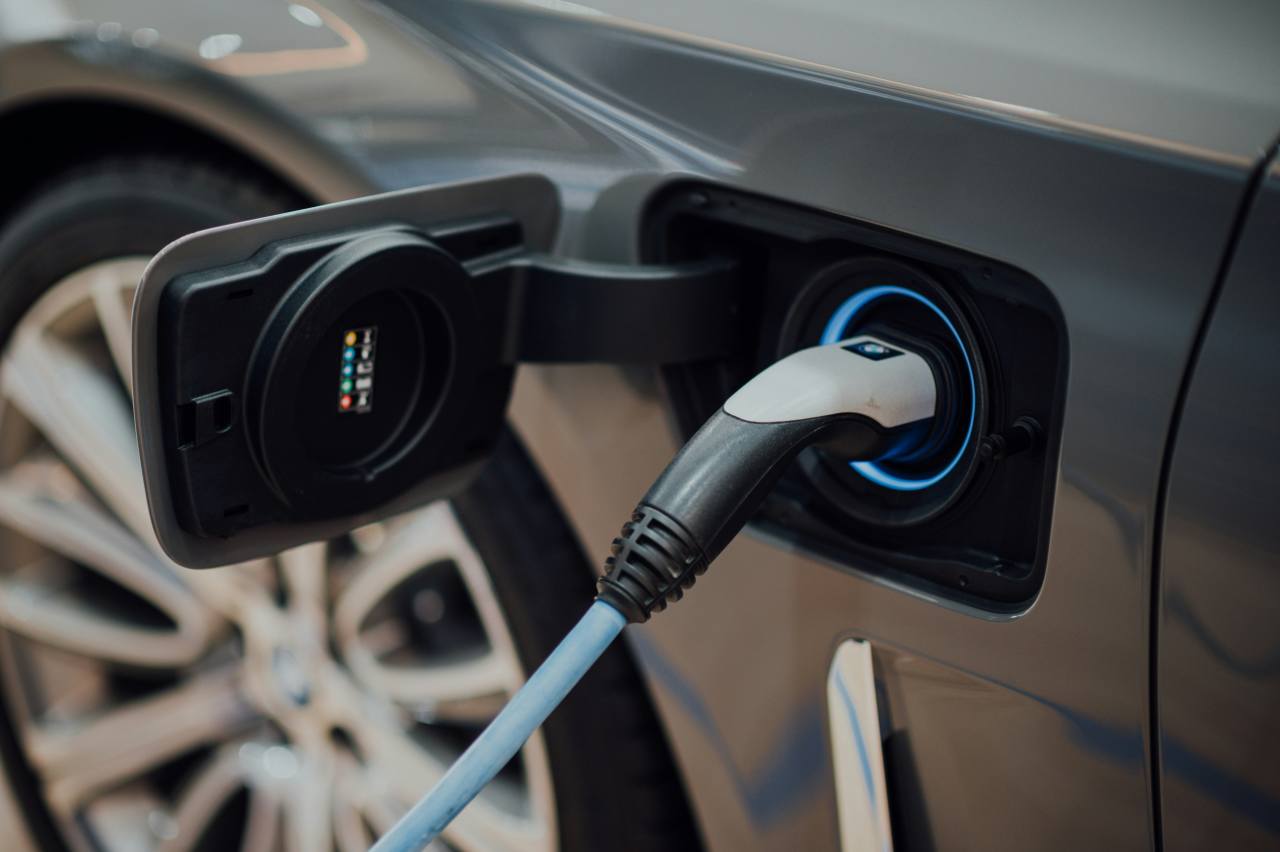Hyundai is preparing to bring electric motoring to the masses with its new Inster SUV.
The diminutive electric SUV is due in Australia early next year, but we’ve headed to Korea to get a sample of a near-production prototype.
Our prototype sampler is wrapped in camouflage to hide its looks, but since our test it has been revealed in full.
It’s a charming little SUV with cutesy looks highlighted by the short bonnet, circular LED headlights, pixel-graphic turn signals and oversized fenders.
Hyundai hasn’t revealed Australian prices yet, but it has said it’s targeting a circa-$40,000 price tag globally for the Inster. In Korea prices start at the equivalent of A$33,700.
This will put it at the pointy end of the budget EV market in Australia where it will go head-to-head with wallet-conscious machines such as the BYD Dolphin, GWM Ora and MG ZS EV.

The big difference is brand recognition, Hyundai has built a loyal and trusted following in Australia and that history will make it a safer choice for many buyers compared to newer entrants to the market.
The South Korean company’s local arm has confirmed it will bring Standard Range and Long Range variants to Australia early in 2025.
The Standard Range uses a 42kWh battery that delivers a driving range of more than 300km. The Long Range ups this with a 49kWh battery that boosts driving range up to 355km.

Both are powered by a single electric motor that makes either 71kW or 85kW depending on the variant, with both pumping out 147Nm.
The Inster is fitted with 400-volt charging architecture, compared to the more potent 800-volt set-up found in its bigger electric cars such as the Ioniq 5.
This is cheaper but means it can only accept 120kW max rate of charge, compared to the 800V tech that can theoretically suck up to 350kW of juice.

The brand claims it can replenish the battery from 10 to 80 per cent in half an hour.
The Inster is based on the Korean-market Casper petrol mini SUV, but Hyundai has stretched the distance between the front and rear wheels that helps liberate more interior space.
It only has seating for four, but rear seat head and legroom is excellent and it easily accommodated a six-foot-plus passenger for an extended drive. The counterbalance to that is a tiny, almost unusable boot, but the rear seat does slide forward if you need more cargo space.

Our test car was the European spec that is close to what we will get here in Australia with comfy cloth seats in a cool textured pattern as well as a heated steering wheel and heated seats.
The cabin feels airy thanks to a high ceiling, and instead of a conventional centre console there is an armrest between the passenger seats and then a gap to a storage area built into the dashboard.
Dual displays, one for the multimedia and the other for the driver’s instruments, added some pop to the cabin.

On the road the Inster is a capable performer and it behaves much like the rest of the Hyundai electric car range... which is a good thing.
The steering is well weighted and provides confidence on twisting roads, this is complemented by solid brake pedal feel and adaptable regenerative braking that can be adjusted via the steering wheel paddles.
The Inster feels lighter than other EVs, which makes it fell agile and nimble in traffic rather than cumbersome like many electric cars.

The suspension is well sorted, too, though Korean roads are of better quality than we have in Australia.
On a stretch of rougher road the jolts through the seat over smaller bumps were noticeable and it bounces around a little when travelling over bigger road imperfections. Giant speed bumps on our test road weren't the Inster's friend, either.
It’s not fast in any language, but it's zippy around town and well suited to urban driving.

The range on our Long Range version appeared to be pretty accurate in the hour long drive in a mix of conditions.
There was a hint of Hyundai’s annoyingly intrusive driver aids, but in some of its most recent vehicles the brand has made it easier in Australia to switch them off if desired.

The Inster is firming as a stellar city runabout, but its cargo space is limited and Hyundai needs to get the price right.
Note: CarsGuide attended this event as a guest of the manufacturer, with travel, accommodation and meals provided.




.jpg)

.jpg)


.jpg)

